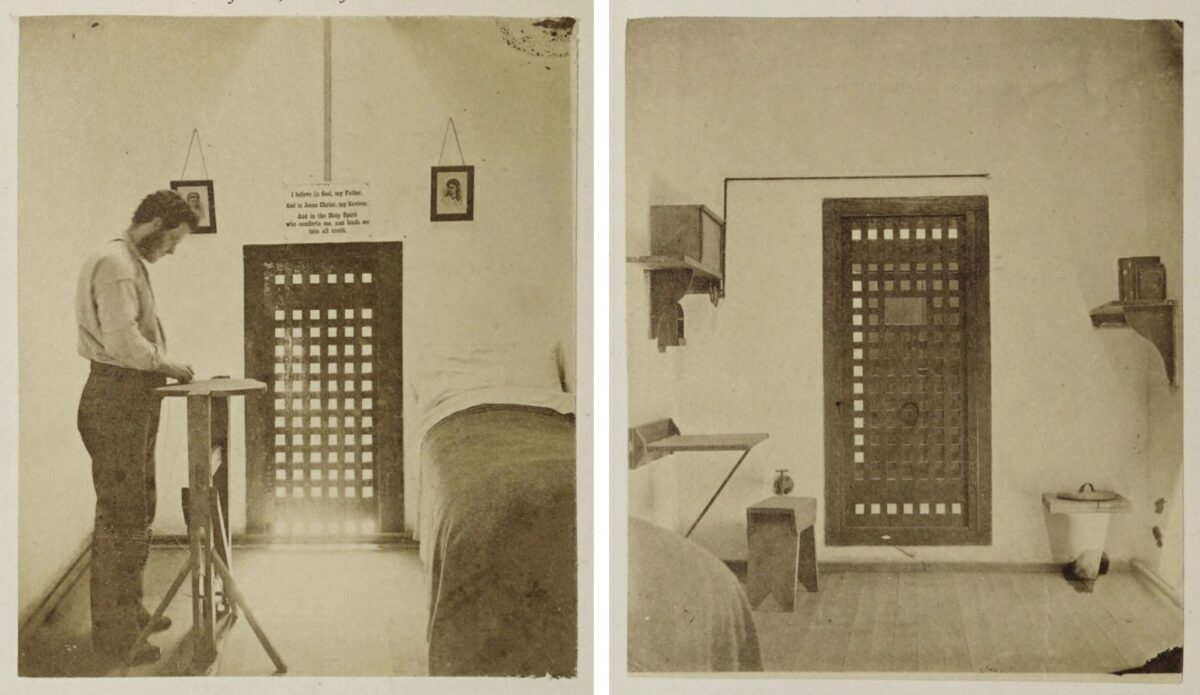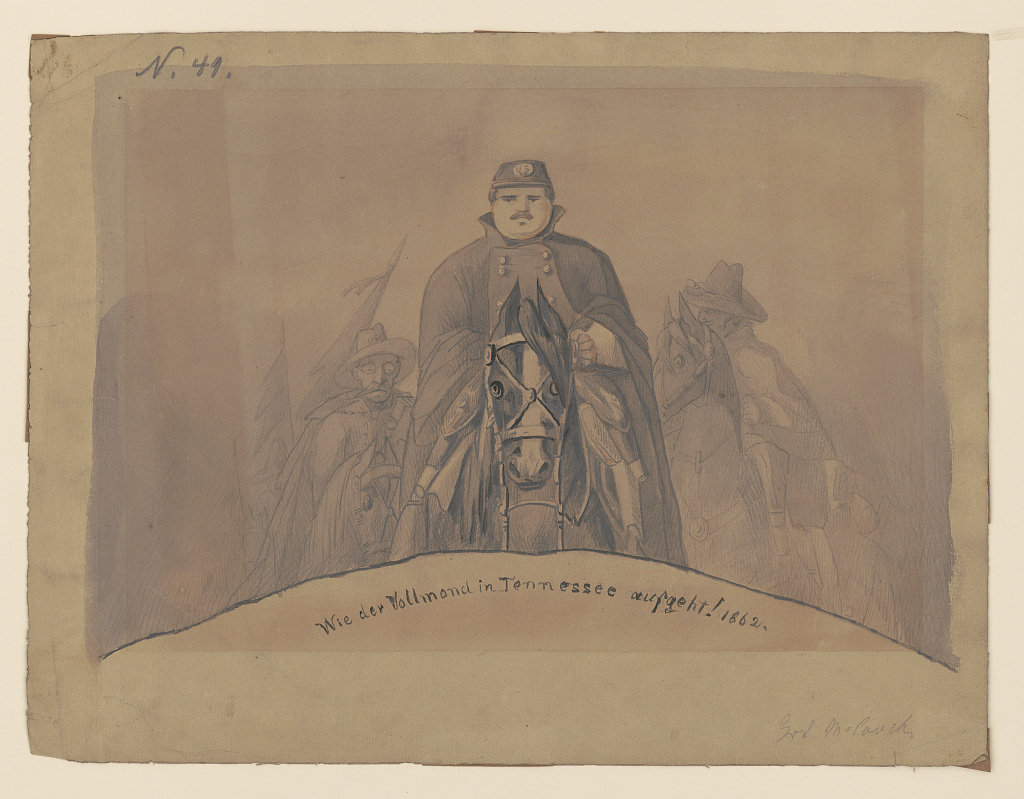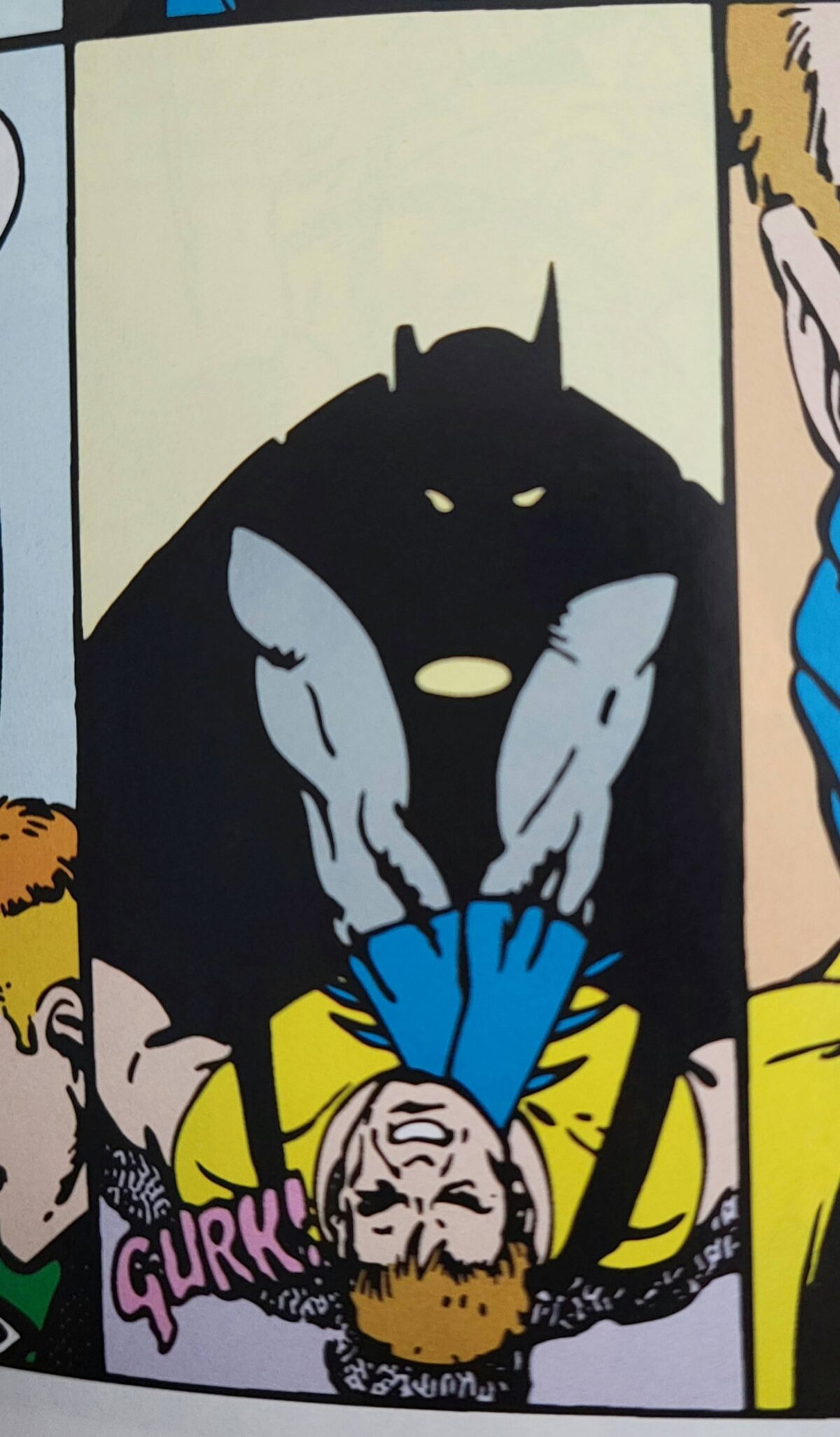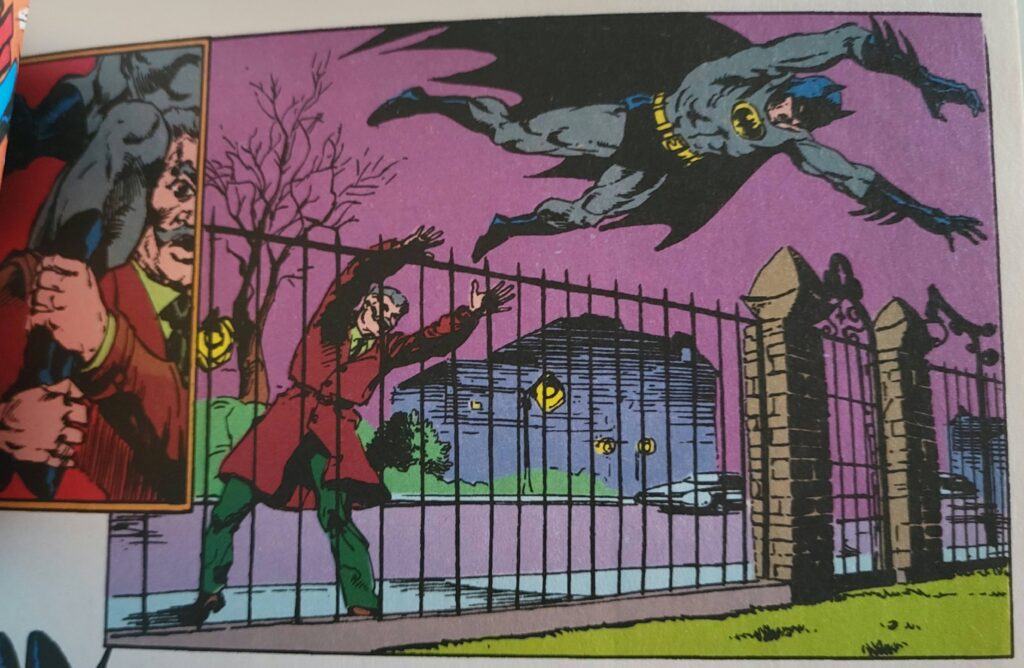Every superhero is somebody’s favorite, no matter how weird and esoteric and dumb their costume is. There is someone out there who loves them, usually for a painfully personal reason. Superheroes are a little like patron saints or household gods.
Mister Miracle is one of my favorite superheroes. I’m a bit of a sucker for the Fourth World and the New Gods in general – they’re so weird and grand and operatic and stupid. But Mister Miracle and his supporting cast are my favorites. Maybe this is because Mister Miracle and Big Barda were in the Justice League when I first read the comic as a kid. Maybe it’s because Mister Miracle is an escape artist character whose name is literally Scott Free.
Maybe it’s because his costume is mostly yellow.
Or maybe it’s because he’s the god of escape. Whether the New Gods of the Fourth World are actually divine beings is an unfathomably confusing question when they frequently hang out with the strongest being in existence and actual Christian angels and the daughter of Hippolyta of the Amazons, but I tend to think of them as gods in the manner of the Hellenistic or Norse pantheon. That is to say, powerful beings imbued with influence and power, but also very fallible. So let us imagine Scott Free as a sort of embodiment of not only freedom, but escape. The god of getting away, getting out of it. What does a god need to escape from?
Kirby tells us that Scott Free was the infant son of Highfather, the benevolent patriarch of New Genesis, a high-tech Heaven world. New Genesis is ever at odds with Apokolips, the high-tech Hell world. Just as everything on New Genesis is good, pure, and wise (sort of), everything on Apokolips is evil, monstrous, and corrupt (sort of). To secure peace between himself and Apokolips’ ruler, Darkseid, Highfather agreed to a tremendously screwy arrangement wherein he would give his son, Scott, to Darkseid, and Darkseid would give his son, Orion, to Highfather. So Scott, the son of paradise, is doomed to grow up in Hell so that the rest of Heaven’s inhabitants can live in peace.
Darkseid commends the infant Scott into the hands of Granny Goodness, the depraved matron of an evil orphanage. There’s barely time to go into all Granny’s depravities here; honestly, just go and watch the Justice League Unlimited episode about Mister Miracle. It’s twenty minutes, so it’ll be faster than me explaining it to you. I’ll wait.
…
Okay, so now you know: Granny torments Scott for his entire life, sending him into traps and torture devices, each more fiendish than the last. She thinks that she is training him to give up his will and serve Darkseid; she’s actually training him to escape. In the end, Scott gets so good at escaping that he escapes Apokolips and Darkseid in the company of Barda, who has escaped her indoctrination by Granny because of the liberatory power of an actual positive relationship with Scott.
So Mister Miracle is the god of freedom from Apokolips, Darkseid, Granny. Big Evil. He’s also a god of never giving up, of enduring years of torment without capitulation. Sometimes the key to freedom is endurance, not flash or skill.
I know what that’s like. To me, the story of Mister Miracle is not only the four-color extravaganza, the hallucinatory delight of Kirby’s creativity. It is an ecstatic truth about what is required to survive in the hands of those who hate you, about always having a place in your mind or heart that is further away than they can reach.
I know that we all hate Tom King now for some reason (BatCat wedding catastrophe? Always co-opting existing characters to tell basically the same story over and over? CIA stuff?), but he was on the money with his Mister Miracle miniseries, showing Scott face down real mental health issues buried at the heart of his divine family drama. Among all the tools in your escape artist’s tool belt is that last big trip.
But that’s where the endless renewal of superheroes comes in handy, for once. Superheroes don’t/can’t commit suicide, because they can’t stay dead. And when we tunnel through King’s postmodern misery, back to Kirby’s original text, we are returned to the core battle that animates the New Gods’ stories: the battle between life and death.
Darkseid is annihilation as a being, a pure authoritarian who seeks to obliterate all independent life and thought, replacing it with his own. He and his venal cronies seek to debase everyone and everything in existence. The Miracle is that even in the heart of their empire, someone still escaped.
Scott’s freedom is contagious, dangerous, indissoluble. He can get out of any trap or prison, though after some escapes it’s hard to get home. In the very lowest times, this is how I live too, in flight from the world and its cruel inhabitants.
No matter how far I’ve fallen away from comic books as a medium, I can’t give up on Mister Miracle. I stop to look again whenever I see him, because he knows me. We’ve been to all the same places, and we’ve fought the same battles. He reminds me that freedom starts in your mind.




